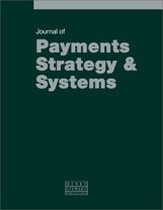The impact of SEPA on revenue and cost savings: How small and large banks can both benefit
Abstract
The payments landscape is about to be transformed for 31 countries in and around the European Union (EU). The recently agreed Payment Services Directive and the related single euro payments area (SEPA) project will facilitate electronic payments across the EU in a way never before achieved. These changes will lead to significant shifts in the economics of the payment service sector. Such changes may be less negative for the banking sector and for individual banks than is generally assumed, given the size of potential savings and additional revenue streams. If, for instance, the opportunities of technology advancements were used, SEPA could become the trigger for the migration of banks and their customers towards standardised solutions for direct and highly automated connectivity between their various systems. The charges to customers for these gateways or 'SEPA enablers' could be kept very low, and their quality and their enhanced access to bank services could be appealing. This would reduce the cost of migration for customers, accelerate the appetite for SEPA with any customer that processes payments electronically, accelerate the cost savings for banks but also significantly reduce the cost of rolling out value-adding services for any bank to a large customer base. Any major market transformation produces winners and losers. But rather than size, the ability to manage the change, reap significant cost savings and re-position the product portfolio may appear to be more important for surviving and prospering in a post-SEPA market.
The full article is available to subscribers to the journal.
